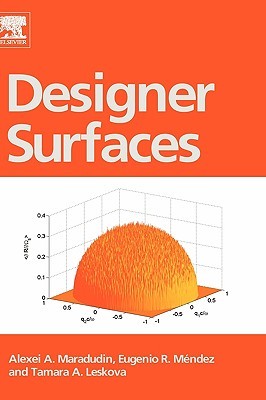
- We will send in 10–14 business days.
- Author: Alexei A Maradudin
- Publisher: Elsevier Science
- ISBN-10: 0444530487
- ISBN-13: 9780444530486
- Format: 16.5 x 23.9 x 2 cm, hardcover
- Language: English
- SAVE -10% with code: EXTRA
Reviews
Description
Designer Surfaces presents an approach to the design and fabrication of optical elements that are based on the use of one- or two-dimensional randomly rough surfaces to reflect or transmit light in specified ways. The reader is provided with an introduction to analytical methods for the solution of direct problems in rough surface scattering, and fabrication techniques. These can be useful in contexts outside the scope of this book. The advantages and disadvantages of this stochastic approach compared to the diffractive optics approach are discussed. Finally, experimental results that verify the predictions of the theories developed in this book are presented.EXTRA 10 % discount with code: EXTRA
The promotion ends in 20d.23:10:16
The discount code is valid when purchasing from 10 €. Discounts do not stack.
- Author: Alexei A Maradudin
- Publisher: Elsevier Science
- ISBN-10: 0444530487
- ISBN-13: 9780444530486
- Format: 16.5 x 23.9 x 2 cm, hardcover
- Language: English English


Reviews